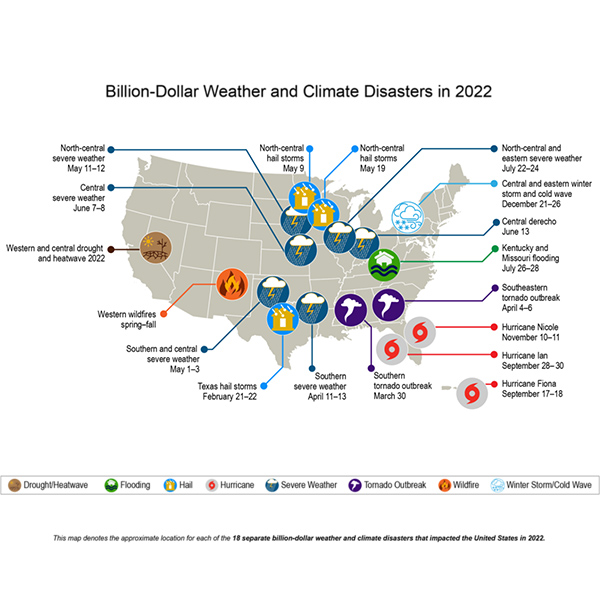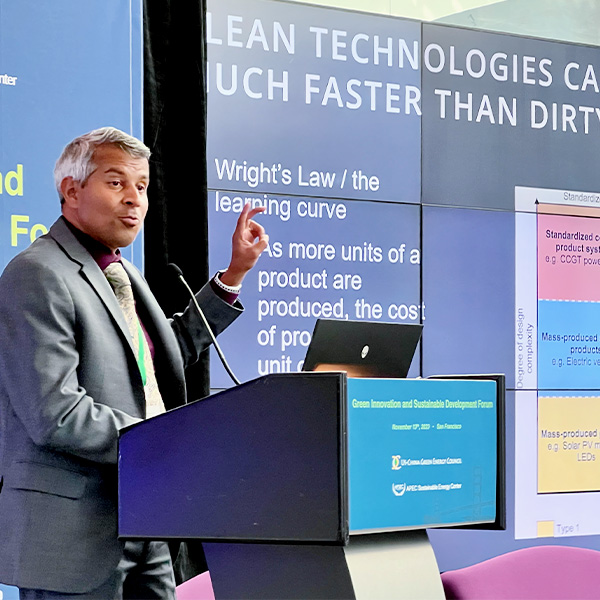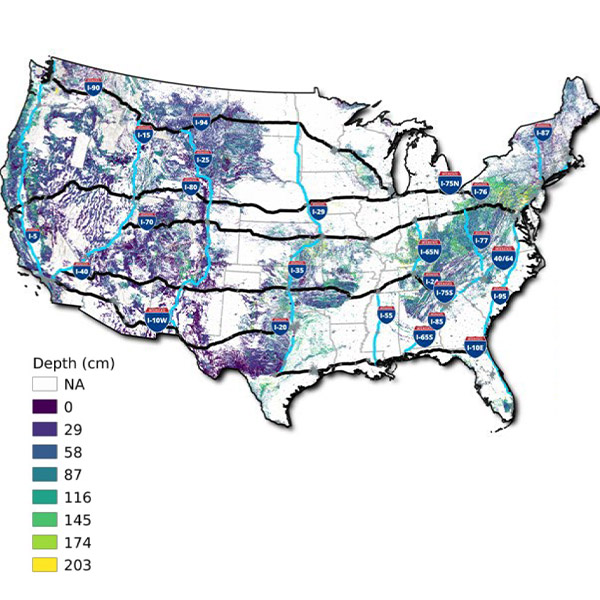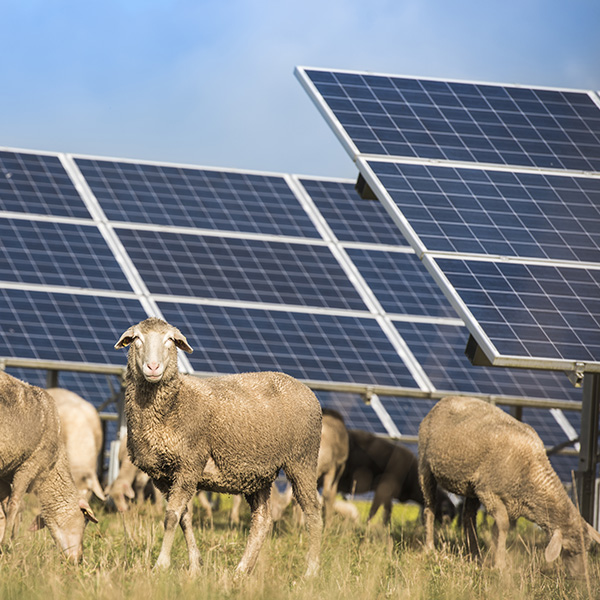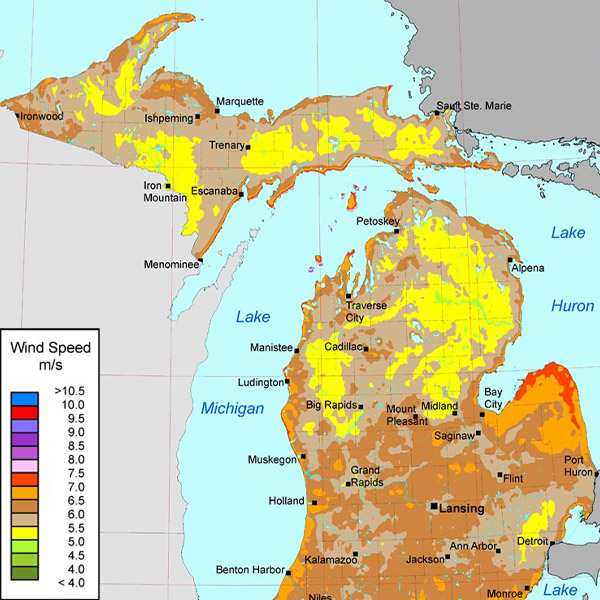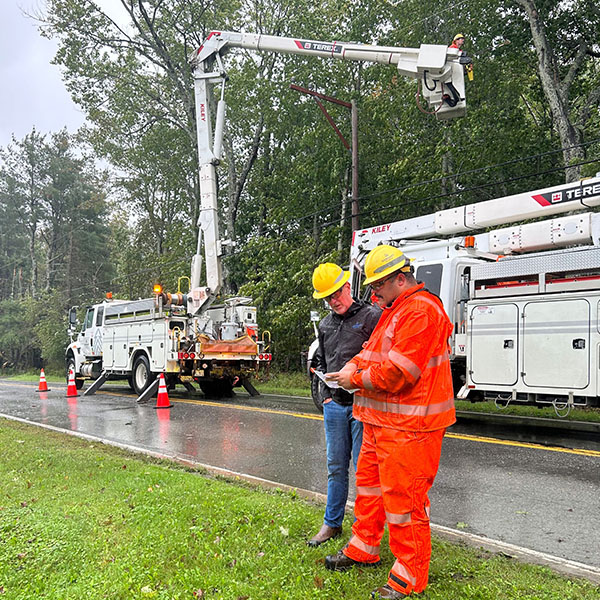NetZero Insider
Agriculture & Land UseBuilding DecarbonizationCookingEnergy EfficiencySpace HeatingWater HeatingCommentary & Special ReportsConference coverageCompany NewsEquity & EconomicsEmployment & Economic ImpactEnvironmental & Social JusticeFederal PolicyCongressDepartment of EnergyLoan Programs Office (LPO)Department of TransportationEnvironmental Protection AgencyFederal Energy Regulatory CommissionGeneral Services Administration (GSA)Interior DepartmentBureau of Land ManagementBureau of Ocean Energy ManagementNuclear Regulatory CommissionTreasury DepartmentWhite HouseGeneration & FuelsBioenergyFossil FuelsCoalNatural GasGeothermalHydrogenNuclearSMRRenewable PowerCommunity solarHydropowerOffshore Wind PowerOnshore Wind PowerSolar PowerRooftop solarUtility scale solarImpact & AdaptationIndustrial DecarbonizationState and Local PolicyAlabamaArizonaCaliforniaCA LegislationCalifornia Air Resources Board (CARB)California Energy Commission (CEC)California Public Utilities Commission (CPUC)ColoradoConnecticutDelawareDistrict of ColumbiaFloridaGeorgiaHawaiiIdahoIllinoisIndianaLouisianaMaineMarylandMassachusettsMichiganMississippiMissouriMontanaNevadaNew HampshireNew JerseyNew MexicoNew YorkNYSERDAPublic Service CommissionNorth CarolinaOhioOregonPennsylvaniaRhode IslandSouth CarolinaTennesseeTexasUtahVermontVirginiaWashingtonWest VirginiaWisconsinWyomingTechnologyCarbon CaptureTransmission & DistributionEnergy StorageMicrogridsTransportation DecarbonizationAirplane DecarbonizationEV chargersHeavy-duty vehiclesBattery Electric Buses (BEB)Fuel Cell Electric Buses (FCEB)Light-duty vehiclesBattery Electric VehiclesFuel Cell VehiclesPlug-in hybrid electric vehiclesShip electrificationClean Ports
DOE is opening the second round of funding for its Grid Resilience and Innovation Partnership program, which will offer $3.9 billion from the IIJA for projects that will modernize the grid, increase capacity, and unlock renewable energy resources.
Policymakers must invest in scaling clean energy solutions if the Asia-Pacific region is to meet climate goals, experts said at a forum ahead of the APEC summit in San Francisco.
The study is intended to identify pressing transmission needs without offering specific solutions or taking into account federal and some state regulations.
New Jersey’s Board of Public Utilities has released its agrivoltaics proposal, designed to incentivize 200 MW of capacity in a three-year pilot program.
FERC hosted a senior EPA staffer and heard from the industry and states on how the environmental regulator's latest proposal to cut carbon emissions from power plants will impact grid reliability as it is implemented.
Bills setting a 100% clean energy standard and giving state regulators siting authority over wind and solar projects are headed to Michigan’s governor.
The two agencies are working together to create clean energy jobs and build pathways into the middle class in disadvantaged communities.
The General Services Administration announced it will be spending over $2 billion in funds from the Inflation Reduction Act on low-carbon construction materials for repairs and upgrades on more than 150 federal buildings in 39 states, D.C. and Puerto Rico.
NuScale Power Corp. and Utah Associated Municipal Power Systems said Nov. 8 they had agreed to terminate the Carbon Free Power Project.
Maine voters decisively rejected a proposed public takeover of the state’s for-profit electric transmission and distribution infrastructure.
Want more? Advanced Search
